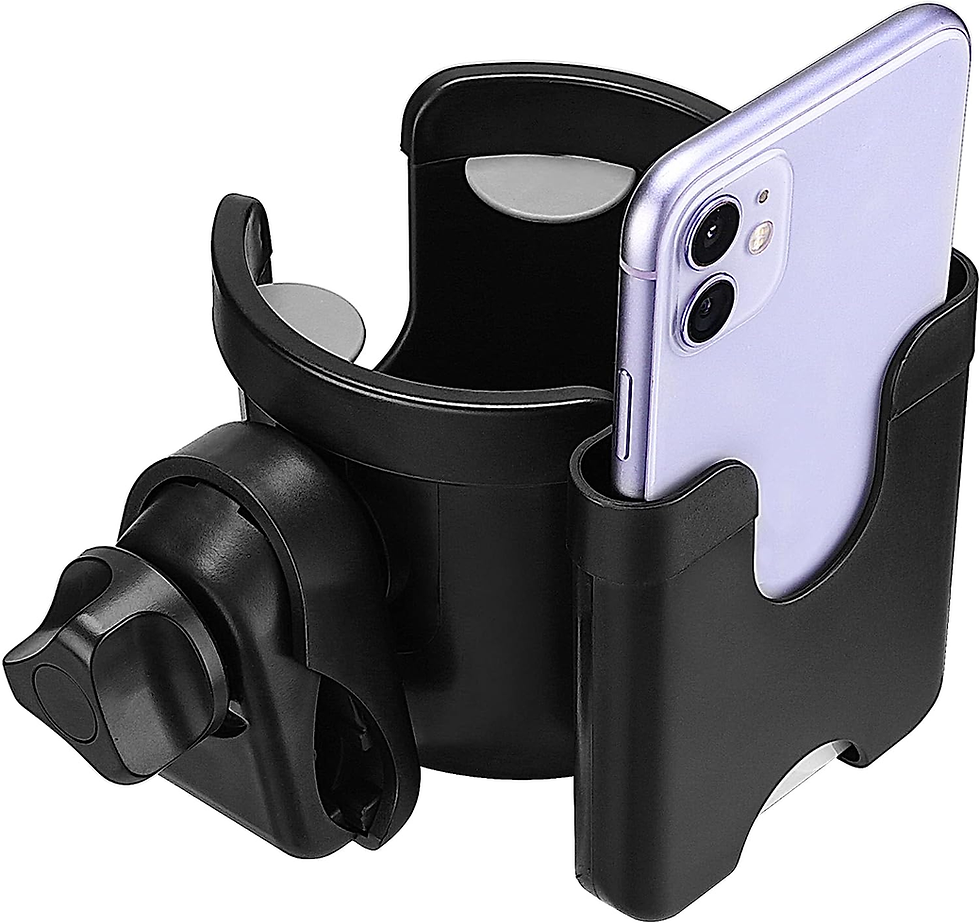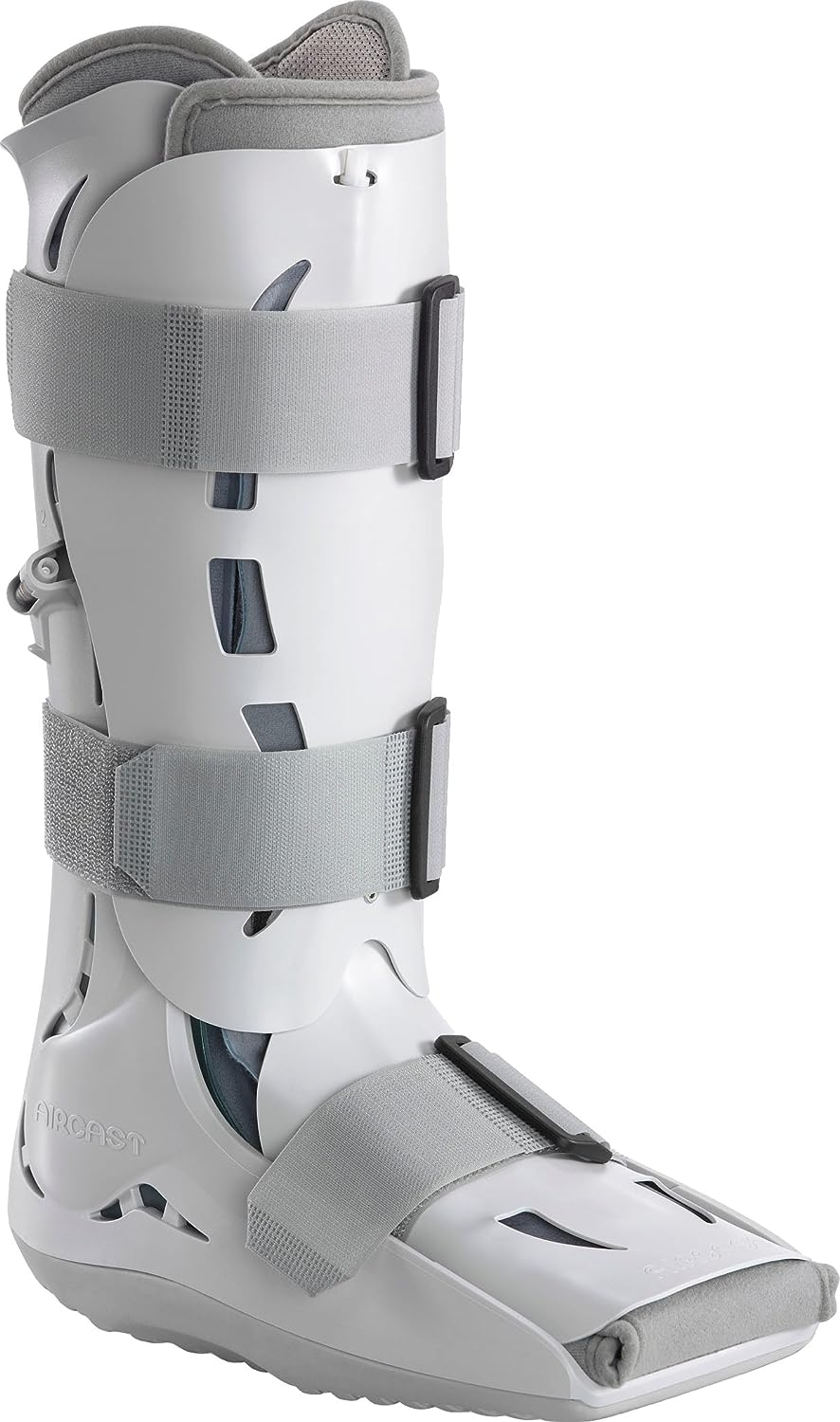5 Products to buy if you break your foot or ankle. Equipment and supplies you'll find helpful.
- David S Klein, MD

- Aug 9, 2023
- 4 min read
Updated: Aug 27, 2023
Into each life some rain must fall?
As we get older, perhaps a bit less flexible and certainly more brittle, the risk of falling increases. In fact, it is one of the greatest risk to life as we enter advanced age. Changes in balance, weakness of muscle, joint stiffness contribute to instability, diabetes with associated small nerve damage results in easy stumbling, sleep problems lead to mental fatigue. The net result is an increased risk of injury due to fall.
So it went with my family. My wife slipped and fell, twisting her ankle in such a way that it resulted in ankle fracture, a minimally displaced fracture of the fibula. Unfortunately, it happened while we on vacation in Portugal, and getting her back home had its’ own challenges. No weight bearing under the circumstance resulted in a 'leave no soldier behind' variant to the potato sack race through Lisbon International Airport. Wheelchairs were not to be had, and we had a plane to catch.
We made it home, safe and sound, but in the process of working our way through this, my lovely wife did her own research as to what supplies, durable medical equipment/goods and combinations of the above would work well for the person recently advised to “NOT BEAR WEIGHT ON THE FOOT.” This was much easier said than done.
Note this well: The most expensive place to get these products and supplies can be the DME store or the medical practices. The hospital is even more expensive, most of the time. The reason is not necessarily what you might believe it to be. In the medical world, dispensing anything along these lines most frequently requires them to have a HCPS Code, limiting the selection that your doctor can peruse, it is expensive for the manufacturers to obtain the HCPS Code, and the ‘savings’ is passed right on to you.
Knee scooter: We tried several and found that the cheapest ones were entirely inadequate, unstable and may result in an even more catastrophic fall. After several efforts, she found the one that we will illustrate.
Next she bought the essential cup holder. Here in Florida, you should always have something to drink available.
Ambulation: It takes many weeks for the bones to heal, assuming the bones are properly lined-up and immobilized. The first thing we did was get an ‘orthopedic boot.’ There are many choices, some good, many not so great, but none of them were terribly expensive if you buy them on Amazon. If you go to the DME store, thinking that you’re going to get it cheaper with your insurance, you may be unpleasantly surprised that it is 3 times more expensive for the same item, you may be hit with co-payments, deductibles and the unfortunate “Not covered” letter. Let us start with the basics.
Stability of the joint: You will need a Support boot for the joint. These are often dispensed at the Emergency Room, Orthopedic Surgeon’s office or Podiatrists practice. This works most of the time, but you are going to want to have more than one for a few important reasons.
They need to air out, frequently. They start to smell badly if not aired out and cleaned , having a second boot is a luxury, not a necessity. Your call. The process of cleaning implies that they need to dry out more. The need to rotate your boots will soon become evident.
We went through a few of these boots, after the initial, ER dispensed device was used. It got us home from Portugal, but now it sits in a bag in the closet, in case one of the better ones breaks. We found one that was easier to use, more comfortable and less bulky. They come with a few different options, it is an individual choice but I've used AirCast products for years and they have been highly reliable and of the highest quality.
This boot has air pads that are adjustable, allowing a 'custom fit,' as it were. It was quite inexpensive and was more comfortable, fit better and is seeing the most use. Not a fashion item, it simply does the job comfortably.
This might seem like a frivolity, but getting a ‘furry pad’ for the scooter will keep you from abrasions and pain in the injured limb. You simply attach the ‘furry pad’ to the scooter seat, and in comfort, you shall go.
Absorbent socks are very, very handy, and will minimize the hygiene hassles that you might encounter. Buy several, or more. They wear out faster than you will believe.
Lastly, most importantly, you must remove carpets from the floors. These are scooter-traps and can put you right back in the ER, if you are not paying attention. Clearly, you do not remove wall to wall carpeting, but throw carpets, designer items and such must be rolled up and put away until you can adequately navigate your home without hazard.
More to come!
The next blog will be on items that you need for creature comforts & hygiene, during your convalescence. Our favorite knee pillow, cast covers and more.
Stay in touch.
David S. Klein, M.D., FACA, FACPM, FAACPM (and a few more, but it looks silly)
Stages of Life Medical Institute is a participant in the Amazon Services LLC Associates Program, an affiliate advertising program designed to provide a means for sites to earn advertising fees by advertising and linking to Amazon.com.













